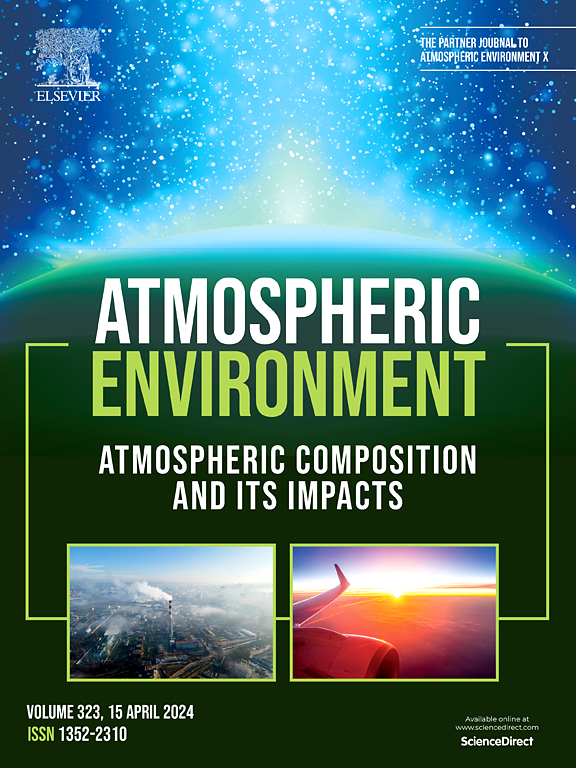Environmental benefit assessment of vehicle electrification in the fuel cycle: A case study of Chengdu
IF 4.2
2区 环境科学与生态学
Q2 ENVIRONMENTAL SCIENCES
引用次数: 0
Abstract
In recent years, vehicle emissions have emerged as one of the most significant sources of air pollutants and CO2 in Chinese cities. Promoting electric vehicles (EVs) has become a critical strategy for mitigating vehicle-related pollution. While replacing conventional internal combustion engine vehicles (ICEVs) with EVs reduces on-road emissions, the associated increase in electricity consumption and power plant emissions may introduce negative environmental impacts. Overlooking emissions from the upstream fuel production stage can lead to overestimating the benefits of vehicle electrification policies. Therefore, it is essential to comprehensively quantify the environmental effects of electric vehicle promotion policies during the whole fuel cycle. Given that generation emissions are closely tied to the electricity mix, Chengdu (a city with over 85% hydropower) was selected as a pilot city for this study. The research follows a structured approach of ‘emission inventory establishment - air quality simulation - environmental benefit assessment - policy scenario analysis'. We systematically account for fleet emissions in Chengdu over the fuel cycle, simulate pollutant concentrations using the SMOKE-WRF-CMAQ model, estimate premature deaths through the GEMM model with Chinese population distribution data, and evaluate energy-saving and carbon-reduction potentials under various scenarios. The findings reveal that the Electricity Vehicles (EV) scenario reduces annual GHG-100 emissions by nearly 80% compared to the Business As Usual (BAU) scenario, while the Electricity Vehicles with Low-Carbon power grid (EVLC) scenario brings an additional 2.3% reduction. The EV policy significantly reduces PM2.5, NOX, and SO2 concentrations in Chengdu's central urban area but leads to a notable increase in O3 levels. These differences are further amplified when considering population-weighted concentrations, reflecting fluctuations in population prevalence. Finally, we monetise the impacts of pollutant and greenhouse gas emissions using the Value of a Statistical Life (VSL) and Social Cost of Carbon (SCC), estimating that the promotion of EVs avoids approximately 3913 million yuan in economic losses. These results provide a theoretical foundation and data support for the scientific promotion of vehicle electrification policies and the formulation of low-carbon green development strategies for urban transport in Chengdu.
求助全文
约1分钟内获得全文
求助全文
来源期刊

Atmospheric Environment
环境科学-环境科学
CiteScore
9.40
自引率
8.00%
发文量
458
审稿时长
53 days
期刊介绍:
Atmospheric Environment has an open access mirror journal Atmospheric Environment: X, sharing the same aims and scope, editorial team, submission system and rigorous peer review.
Atmospheric Environment is the international journal for scientists in different disciplines related to atmospheric composition and its impacts. The journal publishes scientific articles with atmospheric relevance of emissions and depositions of gaseous and particulate compounds, chemical processes and physical effects in the atmosphere, as well as impacts of the changing atmospheric composition on human health, air quality, climate change, and ecosystems.
 求助内容:
求助内容: 应助结果提醒方式:
应助结果提醒方式:


